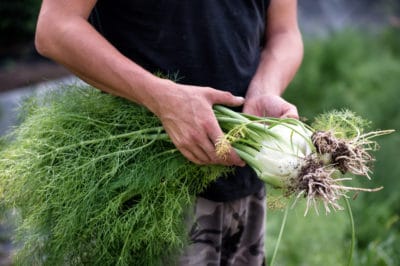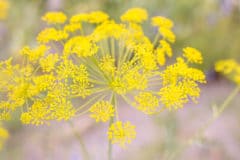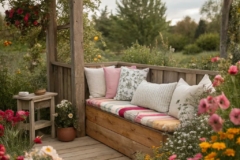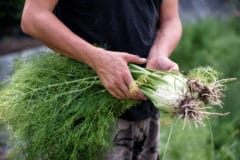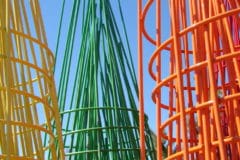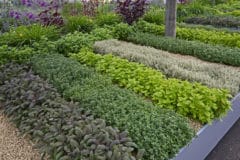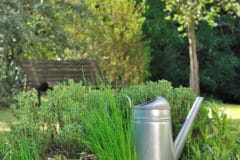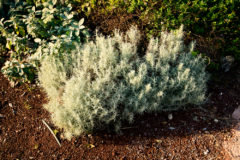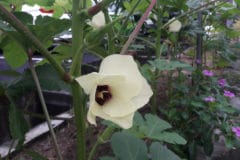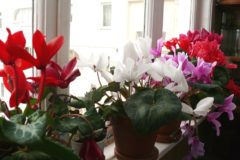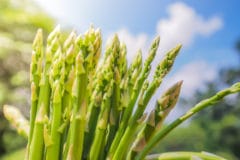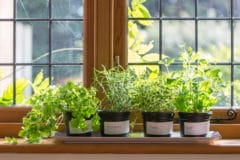The Pollinator Powerhouse: Why Fennel Deserves a Spot in Your Garden

Fennel’s unique floral structure and blooming pattern make it an exceptional resource for pollinators. Its bright yellow compound umbels, each consisting of 20–50 tiny flowers, provide broad landing platforms ideal for short-tongued insects such as native bees and hoverflies. The flowers offer both nectar and pollen throughout the day, supporting continuous insect activity.
A wide variety of insects visit fennel, with 25–31 documented species across multiple orders. Hymenoptera—bees and wasps—comprise around 58% of visitors, including:
- Honeybees (Apis mellifera)
- Dwarf honeybees (Apis florea)
- Mining bees (Andrena, Colletes)
- Stem-nesting bees (Hylaeus)
Beyond pollinators, fennel attracts beneficial predatory insects such as:
- Ladybugs
- Lacewings
- Parasitic wasps
- Hoverflies
These species not only contribute to pollination but also provide natural pest control, creating a self-regulating garden ecosystem.
tip: Want to attract butterflies? Fennel is a known host plant for the Black Swallowtail butterfly, supporting its entire lifecycle from egg to chrysalis.
Evidence-Based Benefits: The Science Behind Fennel’s Effectiveness
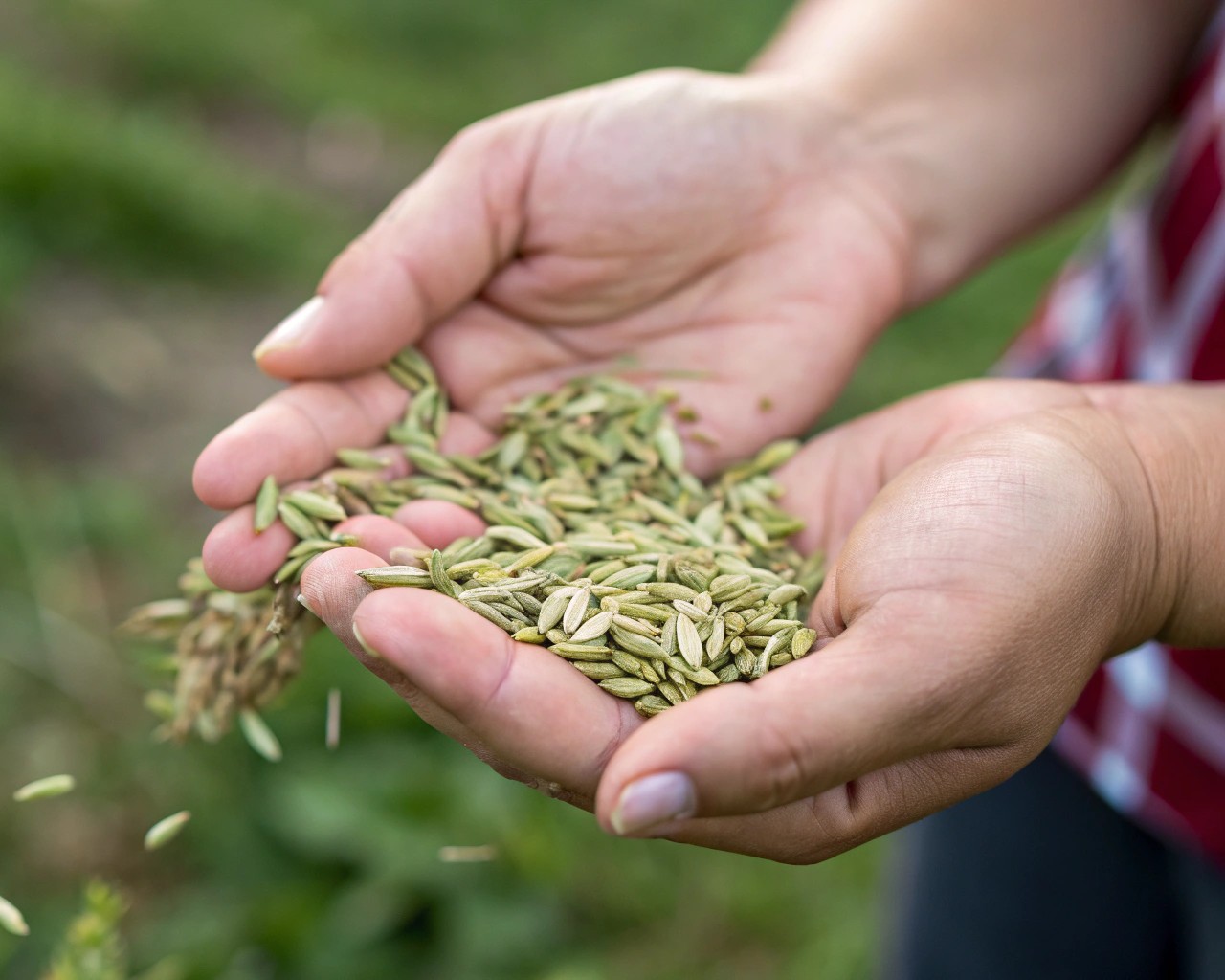
Scientific research confirms fennel’s value beyond anecdotal evidence. In a controlled study in Egypt, open-pollinated fennel exhibited longer flower viability (25.67 days) compared to self-pollinated plants (19.67 days). Seed production improved significantly, with open-pollinated umbels yielding 121.3 seeds on average versus 95.33 in self-pollinated ones. Seed size and weight more than doubled under open pollination, enhancing both quantity and quality of harvests.
In India, open-pollination increased fennel yields by 56%, and the introduction of managed honeybee colonies boosted productivity by another 19%. Open-pollinated seeds also had germination rates of 82.5%, compared to just 55.5% for self-pollinated seeds.
Studies on pollinator behavior reveal even more detail:
- Apis florea (dwarf honeybee) spends about 75 seconds per flower. This species visits over 21 flowers per minute and thrives in warm temperatures, being less active during high humidity.
These insights help gardeners choose the best times and conditions for planting fennel to support pollinator activity.
Climate Adaptability and Growing Requirements

Fennel grows well in USDA Zones 4a–9b, tolerating cold down to 20°F (-6°C). This makes it viable across much of the continental U.S.
Fennel requires:
- Full sun for 6–8 hours daily
- Well-drained, fertile soil with a pH between 6.0 and 8.0 (ideally 7.5–8.0)
- Consistent moisture, without waterlogging
In cooler zones, start fennel indoors 6–8 weeks before the last frost to extend the growing season.
***Seasonal Planting Recommendations by Region
| Region | Planting Time | Notes |
|---|---|---|
| Zones 4–6 | Spring after last frost | Best treated as annual |
| Zones 7–9 | Fall | Supports spring flowering |
| Mediterranean climates | Spring or fall | Often self-seeds, monitor for invasiveness |
Companion Planting: Balancing Chemistry and Biodiversity

Although fennel is known for allelopathy—the release of substances that inhibit the growth of nearby plants—it can still work well in mixed plantings when managed carefully.
Good companion plants for fennel include:
- Marigolds – Attract pollinators, repel pests
- Yarrow – Attracts predatory insects
- Calendula – Deters pests, attracts pollinators
- Sweet alyssum – Groundcover, doesn’t compete with fennel
- Borage – Drought-tolerant, attracts similar pollinators
- Chives – Compatible perennial herb
Caution: Dill can sometimes be a compatible companion but requires spacing to prevent competition.
Placement Tips:
- Place fennel at the back of beds due to its height (up to 5–6 feet)
- Maintain 60–90 cm spacing between plants
- Use large pots (minimum 45 cm in width and depth)
- Ideal for managing allelopathy or small spaces
Maximizing Pollinator Support
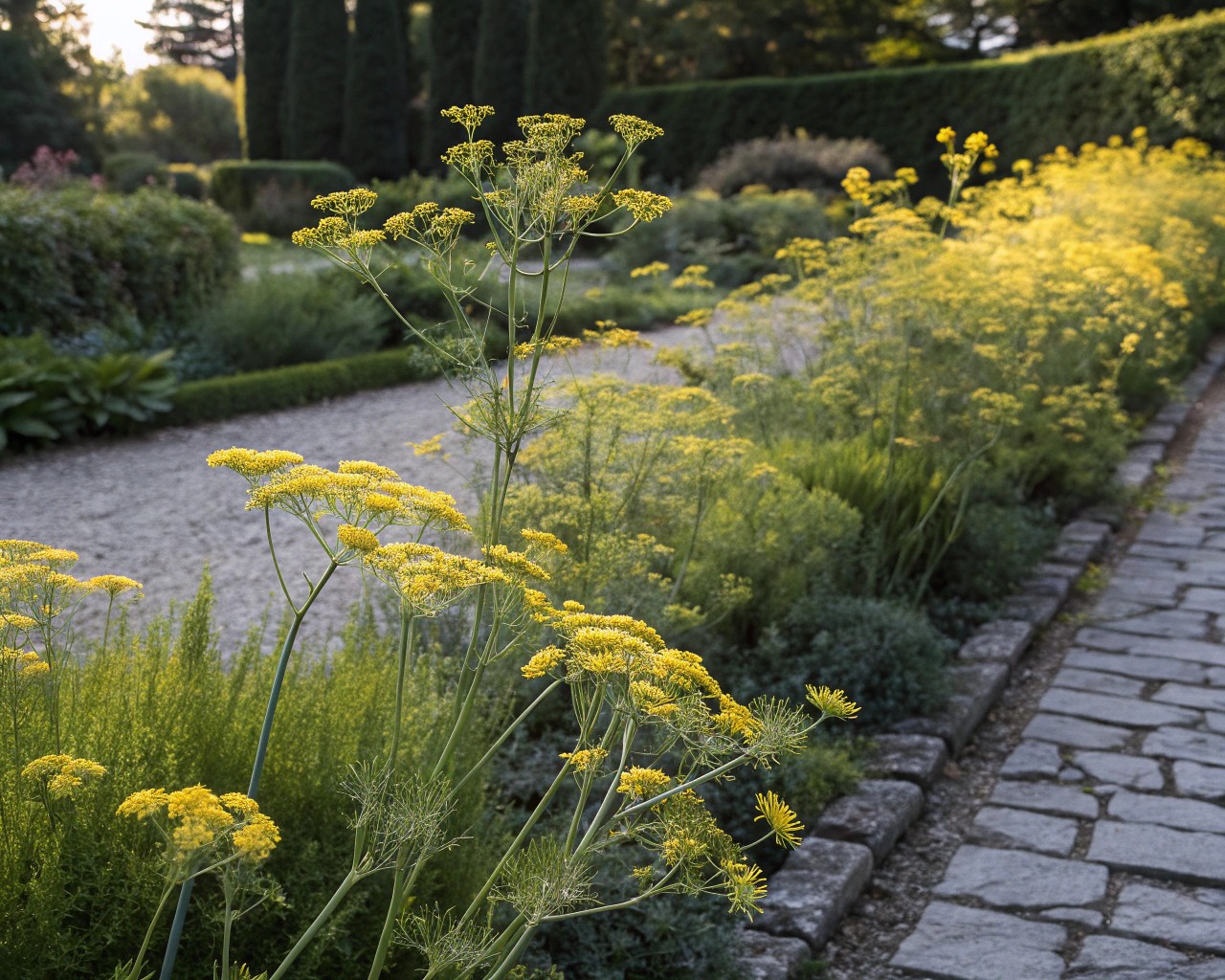
To optimize fennel’s benefits throughout the season: Sow seeds every 3–4 weeks in spring to ensure continuous blooms through fall.
Best practices include:
- Deadhead about two-thirds of spent flowers to prolong blooming
- Let some flowers set seed for birds and natural reseeding
- Water deeply and mulch to retain moisture and suppress weeds
Culinary harvest notes:
- Leaves can be harvested throughout the season
- Avoid heavy harvesting during bloom
- Allow seed heads to mature in late summer/fall
tip: Designate a few “sacrifice plants” in lower-traffic areas to host Black Swallowtail caterpillars.
Regional Tips for Climate Adaptation
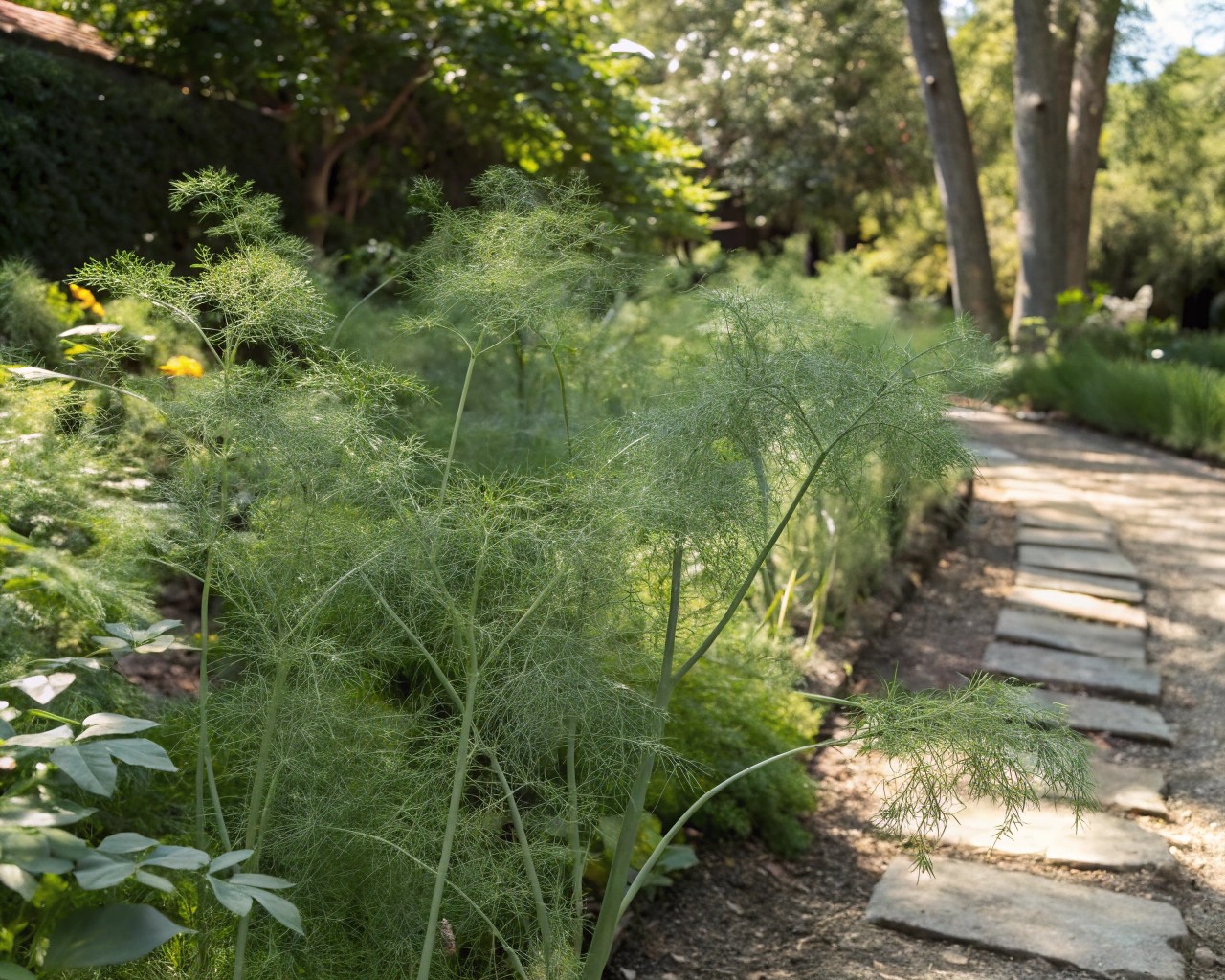
| Region | Strategies & Notes |
|---|---|
| Northern climates (Zones 4–6) | Sow after soil warms to 15°C; start indoors; use quick-maturing varieties |
| Southern climates (Zones 8–9) | Fall planting preferred; avoid midsummer heat |
| Mediterranean & arid regions | Use mulch; provide afternoon shade in extreme heat |
| Coastal climates | Favorable conditions; protect from salt exposure near shorelines |
tip: In high-humidity areas, increase airflow between plants to prevent mildew.
Fennel proves to be more than just an herb—it’s a dynamic component of pollinator gardening that delivers ecological, aesthetic, and practical benefits throughout the growing season.
